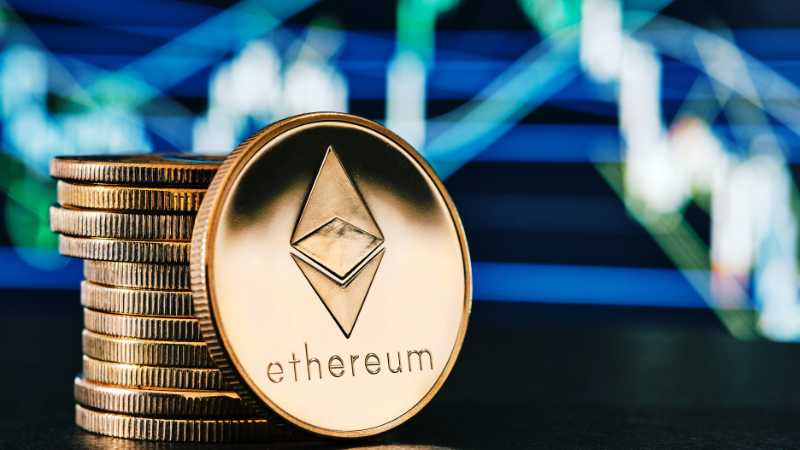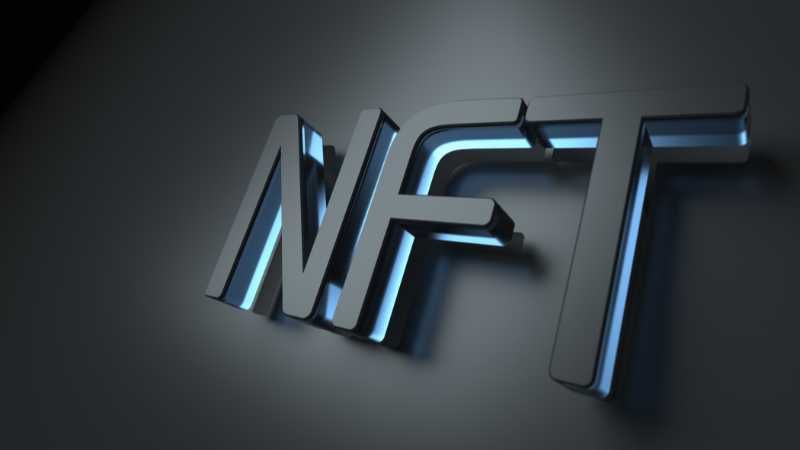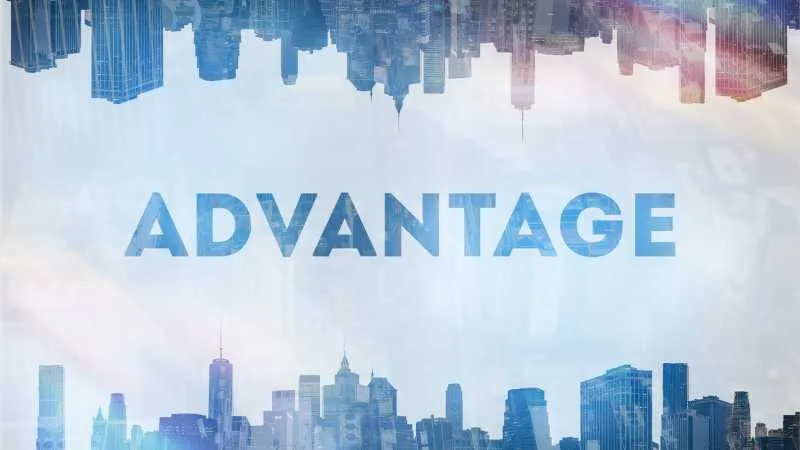Monday Feb 26 2024 08:27

9 min

As the world of digital art and collectables explodes into the mainstream, Ethereum has emerged as the foundational technology enabling this revolution. At the heart of the Non-Fungible Token (NFT) marketplace lies Ethereum, a decentralised platform known for its flexibility, security, and wide adoption.
The concept of NFTs, unique digital items that can be bought, sold, and traded with the assurance of blockchain verification, has transformed how we think about ownership and provenance in the digital realm.
Ethereum's smart contract capability ensures that each NFT is one-of-a-kind and tamper-proof, tying the item to the blockchain and establishing indisputable ownership.
Ethereum's role in this domain extends beyond just a facilitator; it has become the standard against which all other NFT platforms are measured. This introduction will explore Ethereum's intricate dance with NFTs, examining its impact, the challenges it faces, and the future it is helping to shape in the digital asset space.

Ethereum plays a critical role in facilitating decentralised trades and supporting the use of smart contracts. Decentralised platforms powered by Ethereum offer a revolutionary approach to trading digital assets, ensuring secure and transparent transactions without the need for intermediaries.
Ethereum's smart contract functionality is the backbone of these decentralised platforms. Smart contracts are self-executing contracts with the terms of the agreement directly written into code. They automatically execute transactions once predefined conditions are met, providing trustless and efficient interactions between parties.
The Ethereum ecosystem empowers artists, creators, and collectors to engage in a peer-to-peer marketplace, eliminating the need for traditional gatekeepers. By removing intermediaries, Ethereum-based platforms democratise access to the NFT market, enabling artists to reach a global audience and buyers to discover unique digital assets.
Ethereum's impact goes beyond facilitating decentralised trades and smart contracts. It has also catalysed the growth of NFT marketplaces. These platforms provide a space for artists to showcase and sell their digital creations, while collectors can discover and acquire unique NFTs.
Ethereum-based NFT marketplaces offer distinct advantages compared to traditional art markets. The global nature of blockchain technology allows artists to connect with a diverse and international audience, expanding their reach and potential for exposure.
Moreover, NFT marketplaces built on Ethereum provide transparent ownership records. Every transaction is recorded on the blockchain, allowing buyers to verify the authenticity and ownership history of an NFT. This not only instils confidence in collectors but also enhances the long-term value of the digital assets.
Ethereum's presence in the NFT space has redefined the way digital art is traded, providing a decentralised and secure platform for artists, collectors, and investors.
Through decentralised trades and smart contracts, Ethereum enables transparent and trustless transactions. Its ecosystem of decentralised platforms and NFT marketplaces empowers artists and connects them with a global audience.
As Ethereum continues to evolve, the future of NFTs within its ecosystem is poised for even greater innovation and growth.
As Ethereum continues to establish itself as the backbone of the NFT revolution, it has ushered in a new era of innovative digital marketplaces. These platforms, powered by the Ethereum ecosystem, have not only transformed the way we perceive and trade digital art but have also opened up exciting possibilities for creators and collectors alike.
One of the key advantages of Ethereum-based NFT marketplaces is their increased accessibility. Unlike traditional art markets that were exclusive to a select few, these new platforms enable artists from all over the world to showcase their work to a global audience.
This global reach has not only expanded the exposure opportunities for artists but has also given art enthusiasts the chance to discover and collect unique pieces from a diverse range of creators.
Transparency and trust are crucial in the digital art world, and Ethereum-powered NFT marketplaces have addressed these concerns by providing transparent ownership records.
Each NFT transaction on the blockchain is recorded and verified, ensuring a transparent and immutable proof of ownership.
Collectors can now have confidence in the authenticity and provenance of the digital art they acquire, enhancing the overall trust and value of the marketplace.
Furthermore, Ethereum-based NFT marketplaces have sparked a new wave of creative possibilities. Artists can now experiment with interactive and programmable art, taking advantage of Ethereum's smart contract functionality.
These smart contracts enable artists to embed specific conditions or behaviours into their creations, allowing for dynamic and interactive experiences for collectors. The combination of art and technology has given rise to entirely new art forms and experiences that were previously unimaginable.
The evolution of NFT marketplaces powered by Ethereum is just the beginning of a transformative journey for the digital art world. As the popularity of NFTs continues to grow, we can expect to see further innovations in the way art is created, bought, and sold.
The integration of virtual reality, augmented reality, and blockchain technology will bring entirely new dimensions to the digital art space.

As the Ethereum ecosystem continues to support and enhance the NFT market, we can look forward to an even more vibrant and dynamic digital art landscape. The possibilities are endless, and the evolution of NFT marketplaces is set to redefine the future of art.
Ethereum has played a pivotal role in the NFT ecosystem, transforming the world of digital art and offering exciting opportunities for investors.
With its blockchain technology, Ethereum has enabled the creation and trade of unique digital assets, revolutionising the concept of ownership and authenticity in the digital realm.
The introduction of NFTs powered by Ethereum has provided artists with a new way to showcase and monetize their creations, leading to a surge in digital art sales and exhibitions.
Through Ethereum's decentralised platform, artists can connect directly with buyers, eliminating the need for intermediaries and enabling a fairer distribution of profits.
Discover the benefits of trading with markets.com.
“When considering “CFDs” for trading and price predictions, remember that trading CFDs involves a significant risk and could result in capital loss. Past performance is not indicative of any future results. This information is provided for informative purposes only and should not be considered investment advice.”